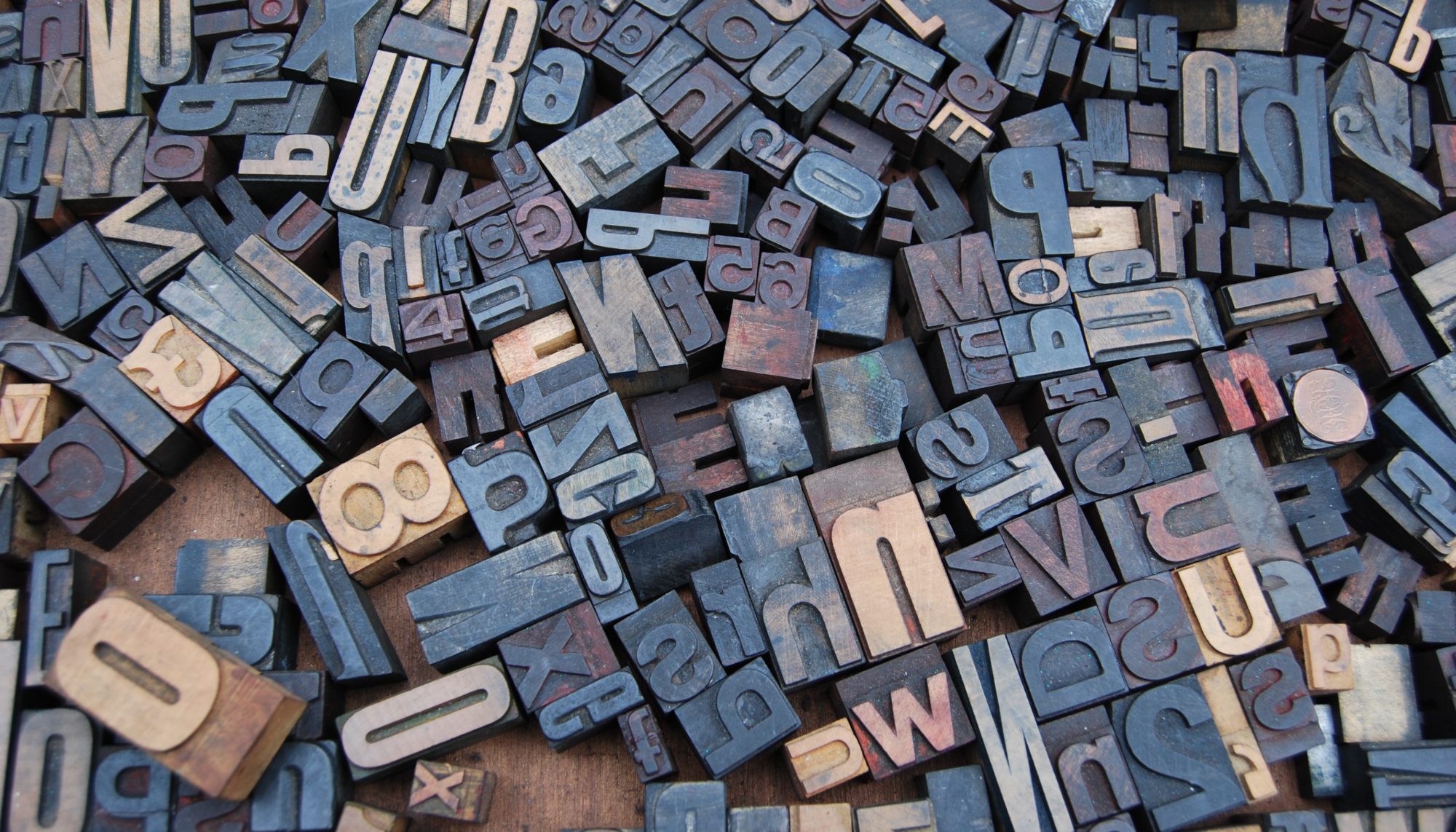Megan Rapinoe may not be the greatest player ever to take the field for the USWNT, though she’s not too far down the top ten list after the likes of Mia Hamm, Michelle Akers, and Abby Wambach.

But Rapinoe’s legacy may be greater than any other.
She long will be celebrated as an icon for her leadership off the field in the fight for equal pay, calling out racism, and her personal work to advance LGBTQ awareness.
Rapinoe leveraged her performance in the 2019 FIFA World Cup tournament — she won the Golden Ball as the best player and the Golden Boot as the leading scorer to lead the USA to its second straight championship — into a worldwide platform on which to advocate for social change.
Led by Rapinoe and Alex Morgan, 28 USWNT players filed a civil rights lawsuit that forced US Soccer to negotiate a Collective Bargaining Agreement that covers national team players regardless of gender — pooling all prize money and other revenues for equal distribution. The effect has been worldwide, spurring demands for equal treatment and mutual respect by several other women’s national teams, especially in France and Spain.
Members of the USWNT wore Black Lives Matter shirts during warmups and took a knee during the national anthem before a November 2020 friendly with the Netherlands. US Soccer banned such acts after Rapinoe first knelt during the anthem in 2016. The team issued a joint statement saying the protest against racial injustice was an affirmation of human decency.
Rapinoe has also opened up her personal life to public scrutiny, after coming out as lesbian and celebrating her relationship with WNBA legend Sue Bird.
None of Rapinoe’s outspoken leadership was without risk. For taking up these righteous causes, she has been targeted by those who oppose the ideals of equity and inclusion. Yet she has endured with the same poise and grace and bravery she displays on the field.
Rapinoe bowed out of the World Cup this week with a miss in the penalty shootout and the top-ranked USA team fell to third-ranked Sweden. Obviously, it was not the ending she would have scripted for herself or her team.
Hopefully, she will be celebrated with a proper send-off later this year, as she closes her national team career with friendlies against South Africa. We should honor her leadership and her legacy, as much as her athletic accomplishments, and thank her for working to make the world more fair and equitable.











